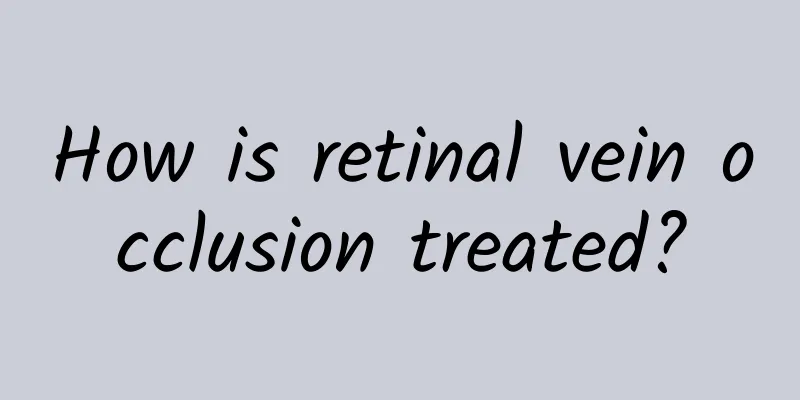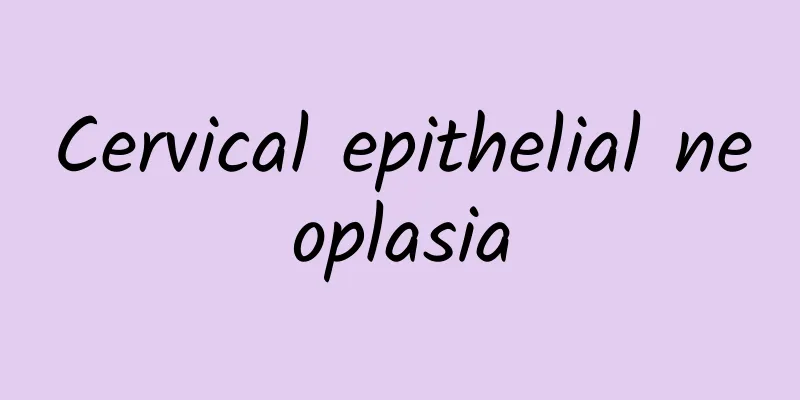What causes sternal chondritis?

|
Sternal chondritis is also a relatively common disease. The cause of this disease is not particularly clear at present. It is generally believed that it is related to the patient's previous respiratory tract infection, such as viral infection, or chronic strain. In addition, combined with illness and nutritional disorders, sternal chondritis may be induced. This disease generally does not require treatment and has a certain degree of self-healing ability, but it still requires a certain degree of attention. What causes sternal chondritis? The cause of costochondritis is still unclear. Many patients have a history of viral upper respiratory tract infection before the onset of the disease. Therefore, the occurrence of the disease may be related to viral infection, or it may be related to chronic strain of the costochondral joint ligaments, costochondral nutritional disorders caused by various reasons, tuberculosis, systemic malnutrition, acute bacterial upper respiratory tract infection, rheumatoid arthritis, costochondral joint subluxation, chest impact injury, severe coughing, etc. Differential diagnosis: The initial symptom of nonspecific costochondritis is local pain in the chest wall. After a few days, swelling and bulge appear at the affected area. The pain is aggravated by activities such as deep breathing, coughing, and chest straightening, as well as after fatigue. Some people experience acute onset of the disease, and may feel stabbing, throbbing or soreness in the chest; others experience a slow onset of the disease, and may unknowingly feel a bow-shaped swelling at the junction of the sternum and costal cartilage, accompanied by dull pain. The pain of costochondritis varies in severity and is prone to recurrence. The course of the disease varies in length and can heal on its own within months or years. Magnetic resonance imaging (MRI) test: MRI examination has good tissue resolution and can clearly display tissue structures such as bone and bone marrow, cartilage, ligaments, meniscus, synovium, bursa, muscle, etc. It can also perform multi-parameter and multi-directional imaging. It has high diagnostic value for lesion display and injury degree assessment, and provides an important basis for early clinical qualitative diagnosis. It is the preferred examination. Costochondritis generally does not require treatment and can heal on its own, but it still needs to be taken seriously to avoid the above factors that aggravate the pain symptoms. No matter what the symptoms are, you need to go to the hospital for treatment and avoid self-diagnosis or medication. |
<<: Why does smoking cause chest tightness?
>>: What is the matter with the baby's high chest muscles
Recommend
Does dandelion damage the kidneys?
In daily life, we often see dandelions on the gra...
What causes lower back pain after drinking?
Alcohol is very common in real life, and nowadays...
Damage to the eyes from diabetes
Diabetes is a very scary disease. Many diabetic p...
Orthodontic side effects
When teeth are uneven, the most common treatment ...
Summer diet and health care, these three can relieve heat and reduce heat
If people want to maintain health through diet in...
Precautions for hemorrhoids
Nowadays, hemorrhoids have become a very common d...
How to recover from hemiplegia
Hemiplegia, also known as hemiplegia, is a relati...
What causes leukemia?
Leukemia is terrifying. There are many factors th...
What are the effects and functions of Aconite
Aconite sounds like a kind of weed. In fact, acon...
Do I need to hold my urine when doing color ultrasound? Preparations for color Doppler ultrasound
Many color ultrasounds require holding urine. The...
Diet therapy for facial paralysis, four recipes are the most effective for treating facial paralysis
In clinical practice, many people will consider d...
What to do if there are blood spots on the face
Blood spots are not unfamiliar to many people. The...
Six sex hormones: Causes of high testosterone
Among the six sex hormones, if the testosterone l...
What to do if you have breast discomfort
The breast is an organ that mammals use to feed t...
The efficacy and function of living hemp grass
Live hemp is a herb that has certain conditioning...









